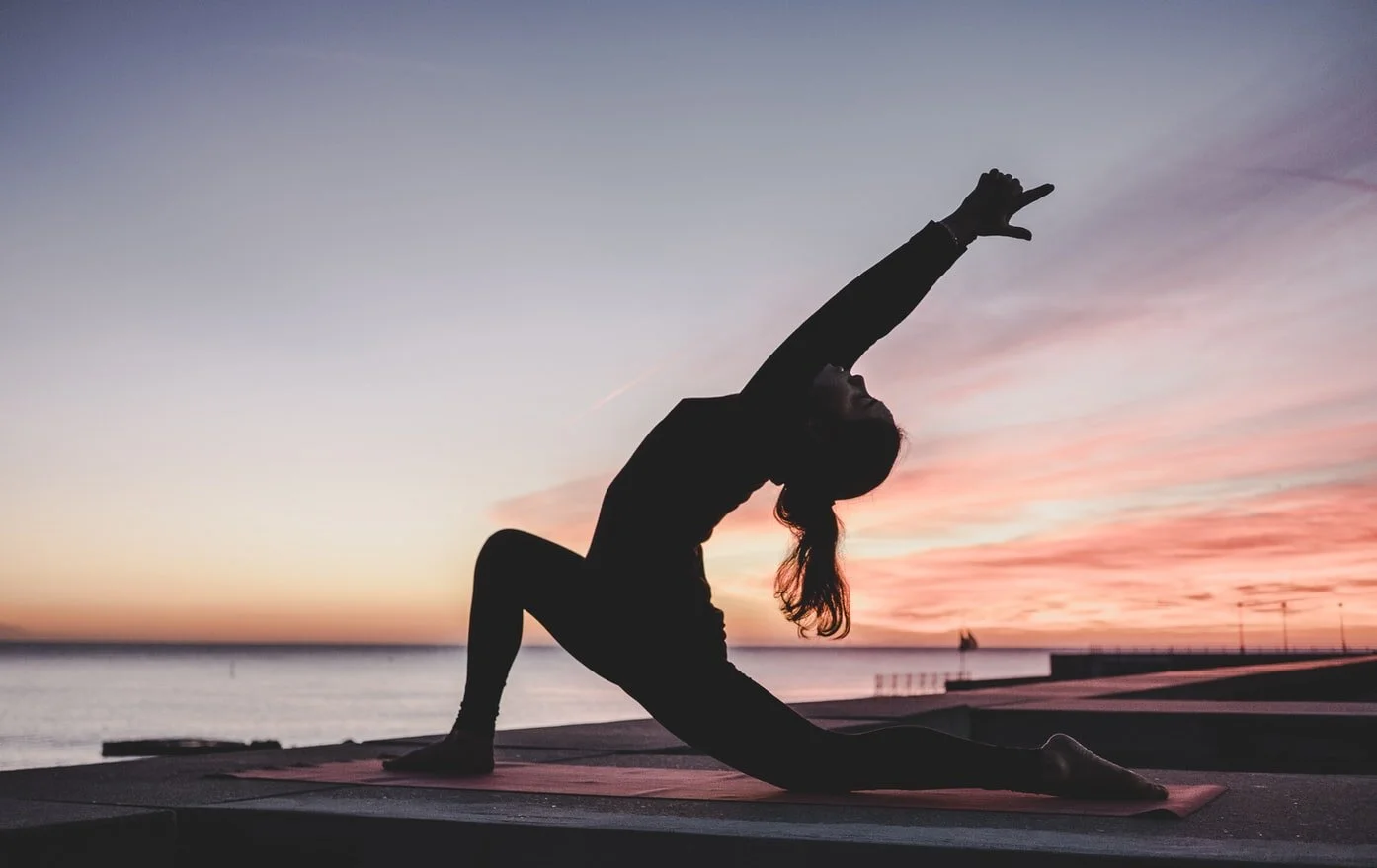Gentle Yoga For A Post Injury Workout
Cover Photo By Unsplash
Yoga is a wonderful exercise practice, it has ample benefits for the body and is also helpful to calm the mind. If you’ve recently suffered an injury, and you’re recovering, your doctor may have recommended gentle exercise. Yoga can be incredibly gentle so long as you choose the right style. If you’re looking for a good post-injury workout, avoid styles like Ashtanga and Vinyassa, and focus on these gentle styles.
1. Kundalini
Kundalini yoga relies on lots of the same postures as in a Hatha class. The two styles are often compared to one another. The main difference between Hatha and Kundalini is that a Kundalini class tends to include more meditation. Your instructor may talk to you about kundalini energy, and moving this energy through the chakras of the body. During these classes, you’ll practice a range of breathing techniques, including alternate nostril breathing, below breath, or victorious breath.
As you work your way through different yoga classes you’ll notice that there are lots of breathing techniques to learn. When you breathe deeply, you’ll find that you can move deeper in the pose, getting a deeper stretch. Breathing exercises are also useful to feel calm and reduce the symptoms of anxiety. Using the right techniques you’ll improve your mental health. Your yoga instructor will be able to give you more info about different types of breathing exercises.
2. Yin
Yin Yoga moves at an incredibly slow pace, the practice focuses on lots of relaxing floor postures. In a yin class, you hold each pose for anywhere between five and seven minutes. Each pose is passive, so you can stimulate the tissues and joints, without over-stretching. The purpose of a yin class is to promote flexibility, improve circulation, and feel a deeper stretch. When you’re practicing each pose, you’ll be encouraged to meditate or focus on a breathing practice. Yin is the ideal post-injury yoga style, plus it can help to improve your sleep.
3 . Hatha Yoga
If you need a practice that’s gentle and calming, Hatha is the perfect practice for you. During a Hatha class, you’ll get to grips with all the basic poses, a great starting point for beginner yogis. In a Hatha class, you’ll learn breathing techniques, also known as pranayama. Hatha classes focus on balancing the energies of the moon and the sun.
There are so many benefits to practicing yoga, from relaxation to mindfulness, flexibility, and strength building. If you’ve recently experienced an injury, Hatha is a nice gentle practice that’s easy on the body.
4. Restorative
Restorative Yoga focuses on six primary poses, you’ll work through each pose, holding the poses for several minutes at a time. Your yoga teacher will provide you with props so that you can remain comfortable as you hold the postures. You’ll practice various backbends, folds, and twists, most of these poses are performed while on the floor. A Restorative class is much like a Yin class, however, there is more of a focus on helping people who are recovering from an accident or injury.
If you’ve had a recent injury remember to inform your instructor, they will be able to support you, adapting the practice to suit your needs. After an injury, it’s important to get all the support you can. You might also need the services of a team of dedicated personal injury attorneys.
Yogi resources
If you’re keen to practice yoga from home, you might like to take a look at these free yoga apps:
This free app was created by wellness expert Jessamyn Stanley. If you’re looking to learn the ropes, you’ll find lots of useful content here. All of the app content is easy to follow, and there are various styles depending on your preferences.
Simply Yoga
The Simply Yoga app is perfect for both novices and advanced yogis. There are six different levels to choose from, depending on your needs. Check out 35 different poses, and stream yoga classes as you please.
If you don’t have much time to spare, the five-minute yoga app is the perfect tool for you. You can set a notification, and the app will remind you that you need to practice. Learn five poses per day, and by the end of the year, you’ll be a real pro.
With the help of these resources, it’s easy to practice yoga from home. When you’re recovering from an injury you might prefer the support of an instructor, in-person. Whatever your preferences are, take it easy and listen to your body.








